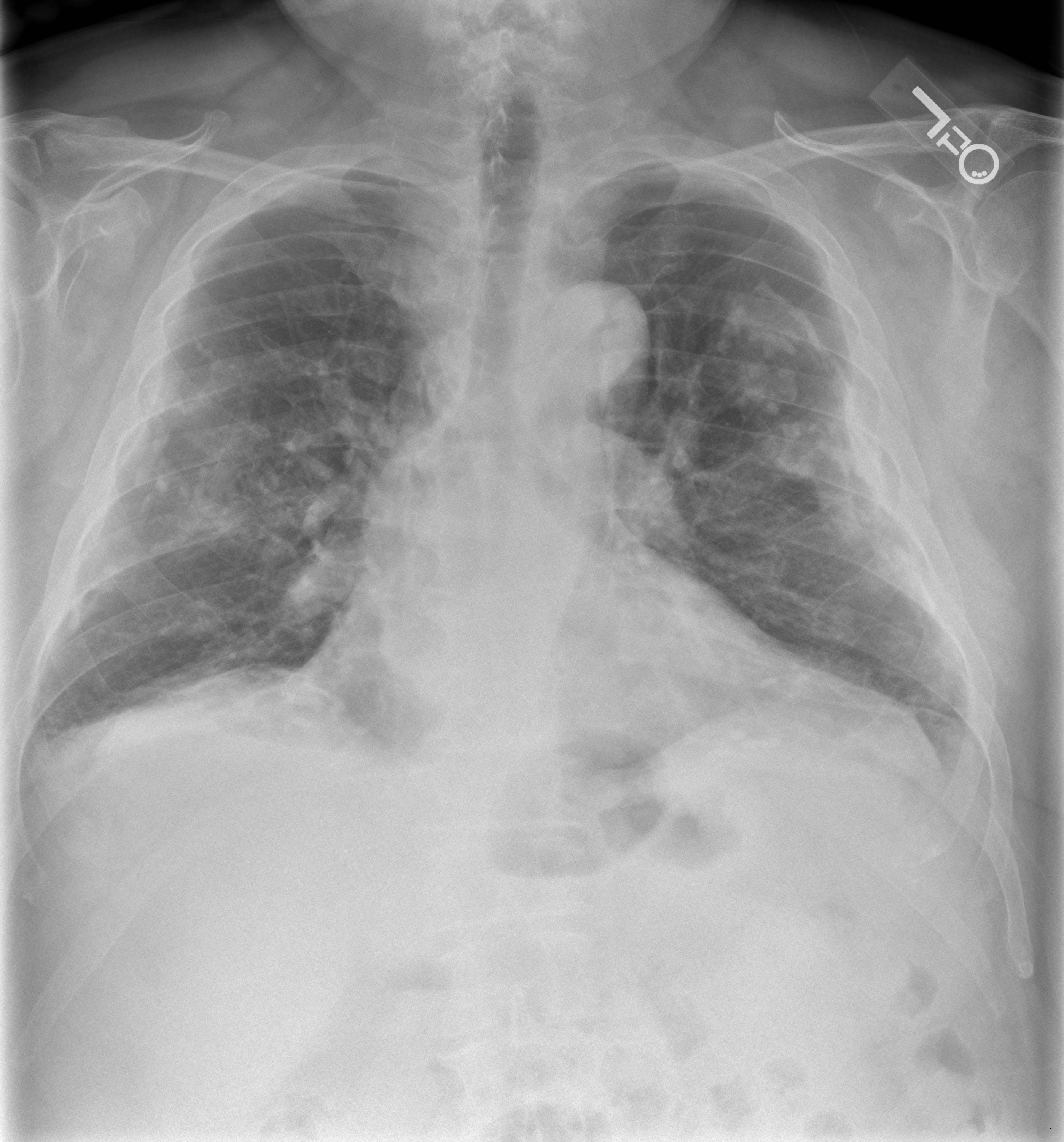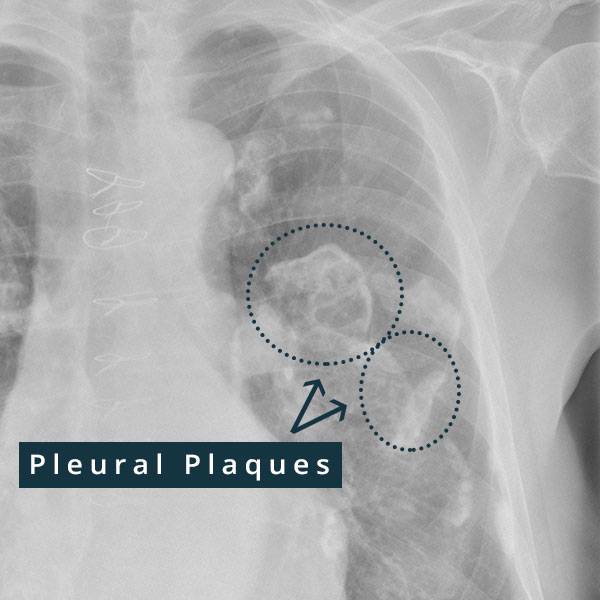After prolonged exposure to asbestos pleural plaques can develop on both layers of the pleura which is the thin membrane that surrounds the lungs and envelops the inside of the. What are pleural plaques.

Screening For Malignant Pleural Mesothelioma And Lung Cancer In Individuals With A History Of Asbestos Exposure Sciencedirect
However as of now there is no proven link between pleural plaques and lung cancer mesothelioma or asbestosis.

Mesothelioma pleural plaques. A large study of over 13000 asbestos workers observed the instances of pleural plaques and pleural thickening from 2003 to 2011 and also noted the prevalence of future mesothelioma diagnoses. However pleural plaques may be an indicator of a higher risk for cancer such as pleural mesothelioma or asbestos lung cancer. A common result of asbestos exposure.
What are pleural plaques. Mesothelioma vs pleural plaques. Usually they start to appear between 20 and.
How mesothelioma pleural plaques are diagnosed. Pleural plaques and mesothelioma are both caused by exposure to asbestos. Pleural plaques are the most common pleural changes caused by asbestos.
Pleural plaques are areas of thickened tissue in the pleura around the lungs. A pleural plaque is a very common indicator of asbestos exposure. Ct scans are more effective than x rays.
Overall about 1100 patients were found to have pleural plaques or nearly 21 of patients. However those with pleural plaques should check with their doctor about the possible risk of mesothelioma a deadly cancer also caused by asbestos. The most common sign of pleural plaques on x rays in a patient with mesothelioma is pleural effusion.
Asbestos and pleural plaques one belgian study looked at the differences of ct scans for patients with asbestosis pleural plaques and pleural thickening all. Plaques do not typically cause symptoms and may or may not develop into malignant pleural mesothelioma. Pleural plaques occur when collagen a protein builds up in the lung lining.
It does not take much exposure to asbestos fibers in order to develop pleural plaques. Pleural thickening is also seen. Essentially pleural plaques are not a pre malignant tumor nor are they a form of asbestosis.
The long term effects of this exposure are vastly different and present as two extremely opposite diagnosis based on the type and duration of exposure. Chest imaging is the most effective way to find pleural plaques. They are the most common sign of asbestos damage to the chest cavity but may not develop for decades after exposure.
Both forms have been associated with mesothelioma pleural plaques lung cancer as well as non malignant respiratory disorders. Pleural plaques are strongly associated with inhalational exposure to asbestosthere is an extremely long latency typically 20 to 30 years after the onset of exposure 1as asbestos is primarily used in construction and machinery environments asbestos related diseases in general including pleural plaques are primarily seen in men. Pleural plaque is a harmless disease caused by asbestos exposure.
But they do not directly lead to cancer. These asbestos related diseases can include mesothelioma asbestosis and pleural effusion.
Https Pubs Rsna Org Doi Pdf 10 1148 Radiographics 22 Suppl 1 G02oc10s167

Malignant Pleural Mesothelioma Radiology Case Radiopaedia Org
Malignant Pleural Effusion In A Patient With Asbestos Induced Download Scientific Diagram

Asbestos Related Pleural Disease Pulmonary Disorders Merck Manuals Professional Edition
Https Pubs Rsna Org Doi Pdf 10 1148 Radiographics 22 Suppl 1 G02oc10s167

Peritoneal Mesothelioma 1 And 2 Axial Contrast Enhanced Ct Scans Show Abundant Ascites A With Micronodular Invasion Of Mesothelioma Ct Scan Pleural Effusion

Asbestos Related Pleural Disease Pleural Plaques And The Holly Leaf Sign Radiologypics Com
